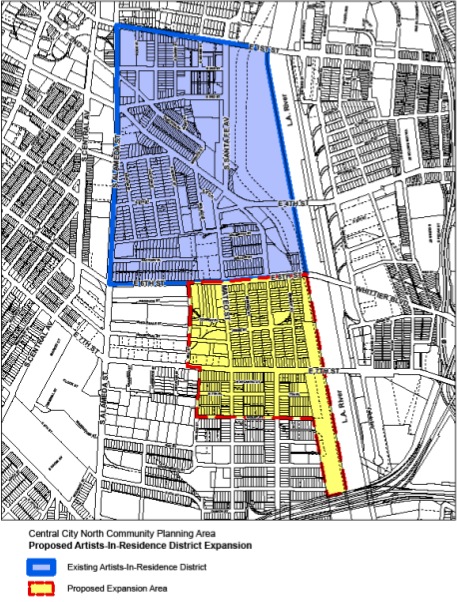
The West Region, weighing in with an Index score of 68.4 points, experienced the greatest decline in positive attitudes regarding the state of the office and industrial markets citing the housing downturn as a factor. Respondents from that region are reporting higher vacancy rates, deeper concessions for tenants, meager development activity, and a high rate of pessimism for their three month outlook. However, this index paints too broad of strokes to accurately assess the condition of the Central Los Angeles Industrial real estate market which generally exceeds the broader commercial market in the West.
The SIOR Commercial Real Estate Index is constructed as a “diffusion index,” a very common and familiar indexing technique for economic measures. Other examples of diffusion indexes include the Index of Leading Economic Indicators, the Consumer Confidence Index, and the Institute of Supply Management’s Purchasing Managers’ Index. In the SIOR Commercial Real Estate Index, a value of 100 represents a well-balanced market for industrial and office property. Values significantly lower than 100 indicate weak market conditions; values significantly higher than 100 measure strong market conditions. The theoretical limits of this Index are a low of zero, and a high of 200, though it is unlikely that such limits would be approached as long as the property markets are operating efficiently.
The Index is based on a survey questionnaire with ten topics. The topics covered are (1) recent leasing activity; (2) trends in asking rents; (3) trends in vacancy rates; (4) subleasing conditions; (5) levels of concession packages in leases; (6) development activity; (7) site acquisition activity; (8) investment pricing levels; (9) the impact of the local economy on the property market; and, (10) the effect of the national economy on the property market. Survey respondents are given five choices. For each topic, five choices are provided, corresponding to conditions that are very weak, moderately weak, well-balanced, moderately strong, or very strong.




